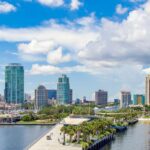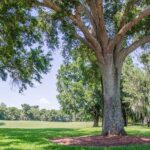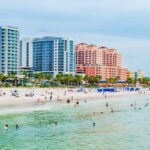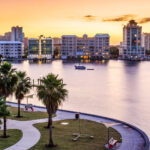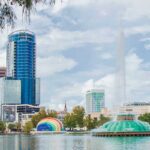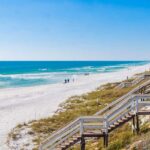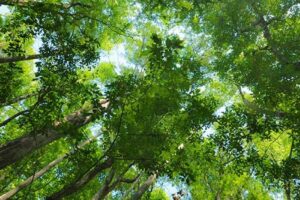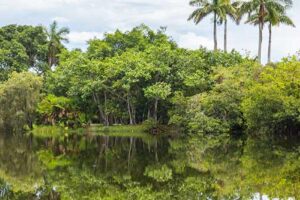The Everglades is a vast, unique wetland ecosystem in southern Florida, often called the “River of Grass” due to its slow-moving water and sawgrass marshes. It is one of the largest subtropical wetlands in the world and is critical for Florida’s environment, supporting diverse wildlife and acting as a natural water filter.
The Everglades consists of 1.5 million acres of sawgrass, marshes, mangrove forests, and wetlands and is home to some of the most exotic, rare, and endangered species of plants and animals in the world.
The Everglades is a popular tourists attraction. Many Floridians and travelers alike enjoy visiting the Everglades each year and walking the numerous trails in the area, taking a boat tour of Florida Bay and Ten Thousand Island, or going on a tram ride through shark valley.
While the Everglades has seen an influx of human influence over the last several decades, the State of Florida and the United States Congress have agreed to pass legislation to restore most of the land harmed or lost in the Everglades in order to protect the environment and the countless inhabitants that are now endangered. The implementation of these restoration policies is set to take place in the coming years.
Key Features of the Everglades
Geography & Hydrology
-
Covers about 1.5 million acres across central and south Florida.
-
It is a slow-moving, shallow river, flowing from Lake Okeechobee to Florida Bay.
-
Historically, the Everglades covered a much larger area, but human activity (drainage, urbanization, agriculture) has reduced its size.
Ecosystems & Habitats
-
Sawgrass Marshes: The most iconic landscape, with tall grasses growing in slow-moving water.
-
Cypress Swamps: Home to bald cypress trees, often standing in deep water.
-
Mangrove Forests: Found near coastal areas, serving as nurseries for fish and storm buffers.
-
Hardwood Hammocks: Slightly elevated areas with dense tree growth, providing habitat for panthers, bobcats, and birds.
-
Coastal Estuaries: Where freshwater meets saltwater, supporting fish, manatees, and wading birds.
Wildlife
The Everglades is home to a wide range of species, including:
-
American Alligator and American Crocodile (one of the few places where both coexist).
-
Florida Panther (one of the most endangered mammals in the U.S.).
-
Manatees, otters, and raccoons in the waterways.
-
Over 360 bird species, including roseate spoonbills, great blue herons, and wood storks.
-
Various reptiles and amphibians like pythons (an invasive species problem).
Threats to the Everglades
-
Human Development: Urban expansion, farming, and water drainage have dramatically altered natural water flow.
-
Invasive Species: Burmese pythons, originally released pets, have disrupted the ecosystem by preying on native wildlife.
-
Climate Change & Rising Sea Levels: Saltwater intrusion threatens freshwater habitats.
-
Pollution & Water Quality Issues: Agricultural runoff and nutrient pollution contribute to algae blooms and ecosystem degradation.
Conservation & Restoration Efforts
-
The Comprehensive Everglades Restoration Plan (CERP), launched in 2000, is a multi-billion-dollar effort to restore natural water flow and improve the ecosystem.
-
National and state parks, like Everglades National Park, protect large portions of the area.
-
Wildlife conservation programs work to restore species like the Florida panther and protect habitats.

